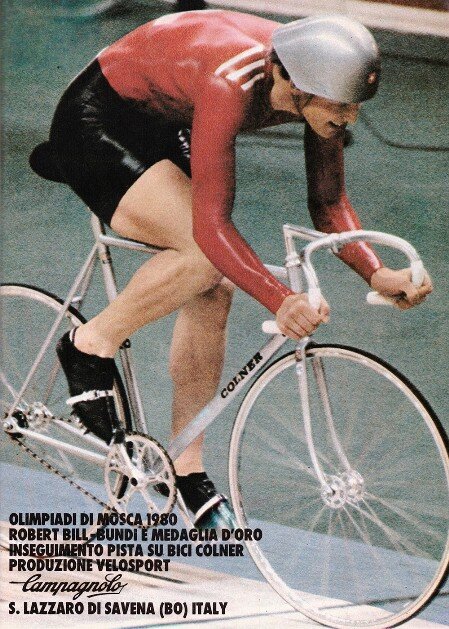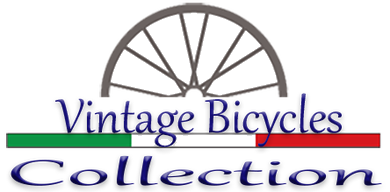Colner
Storia di Colner

La Colner rappresenta una curiosità storica nel campo delle bici d'epoca. Colner sta infatti per Colnago Ernesto. Ma perché Colnago, che già produceva con il proprio marchio, nei primi anni settanta e sino agli ottanta diede vita anche alla Colner? Le motivazioni sono state due.La prima motivazione fu la possibilità di correre con due e non una sola squadra ciclistica. In quegli anni, infatti, una regola dell'UCI permettava una sola squadra di professionisti per marchio. Aprendo Colner, Ernesto ebbe la possibilità di correre con due squadre, una con il marchio Colnago e l'altra appunto Colner. Con la Colner corse negli anni 1974 e 1975 la squadra belga IJsboerke-Colner. Poi nel 1977-78 l'italiana Vibor (con bici di colore verde), per la quale correvano l'allora esordiente Visentini, come pure Boifava e Panizza. La seconda motivazione, che si manifestò verso la fine degli anni '70, fu l'opportunità di avere un marchio che permettesse la distribuzione anche al di fuori della ristretta cerchia dei rivenditori Colnago. I primi telai Colner venivano costruiti a San Lazzaro, alla periferia di Bologna e che erano di ottima qualita'; il telaio è molto simile se non identico alle prime Colnago Super. Proprio perché pensate per un pubblico più vasto in seguito i telai Colner furono costruiti con un minor standerd qualitativo rispetto i modelli Colnago. Le Colner non furono prodotte a Cambiago, nello stabilimento Colnago; la loro realizzazione fu affidata a varie ditte a contratto (tra cui sembra Technotube, Romani, Rauler e Simoncini).Il logo non era l'asso di fiori (dal 1970 simbolo della Colnago), ma l'asso di picche. La vittoria più prestigiosa per la Colner, la ottenne Robert Bill Bundi, alle Olimpiadi di Mosca del 1980, nell’inseguimento in pista .

Colner represents a historical curiosity in the field of vintage bikes. Colner stands for Colnago Ernesto. But why did Colnago, which already produced with its own brand, in the early seventies and until the eighties also gave birth to Colner? The motivations were two, the first motivation being the possibility of racing with two and not a single cycling team. In those years, in fact, a UCI rule allowed only one team of professionals per brand. By opening Colner, Ernesto had the opportunity to race with two teams, one with the Colnago brand and the other precisely Colner. The Belgian team IJsboerke-Colner ran with Colner in 1974 and 1975. Then in 1977-78 the Italian Vibor (with green painted bicycles), for which the then newcomer Visentini ran, as well as Boifava and Panizza. The second motivation, which manifested itself in the late 70s, was the opportunity to have a brand that would allow distribution even outside the restricted circle of Colnago dealers. The first Colner frames were built in San Lazzaro, on the outskirts of Bologna and which were of excellent quality; the chassis is very similar if not identical to the first Colnago Super. Later because they were designed for a wider audience, the Colner frames were built with a lower quality standerd than the Colnago models. The Colner were not produced in Cambiago, in the Colnago factory; their realization was entrusted to various contract firms (including Technotube, Romani,Rauler and Simoncini). The logo was not the ace of clubs (since 1970 the symbol of Colnago), but the ace of spades. Colner's most prestigious victory came from Robert Bill Bundi at the 1980 Moscow Olympics in pursuit on the track.






